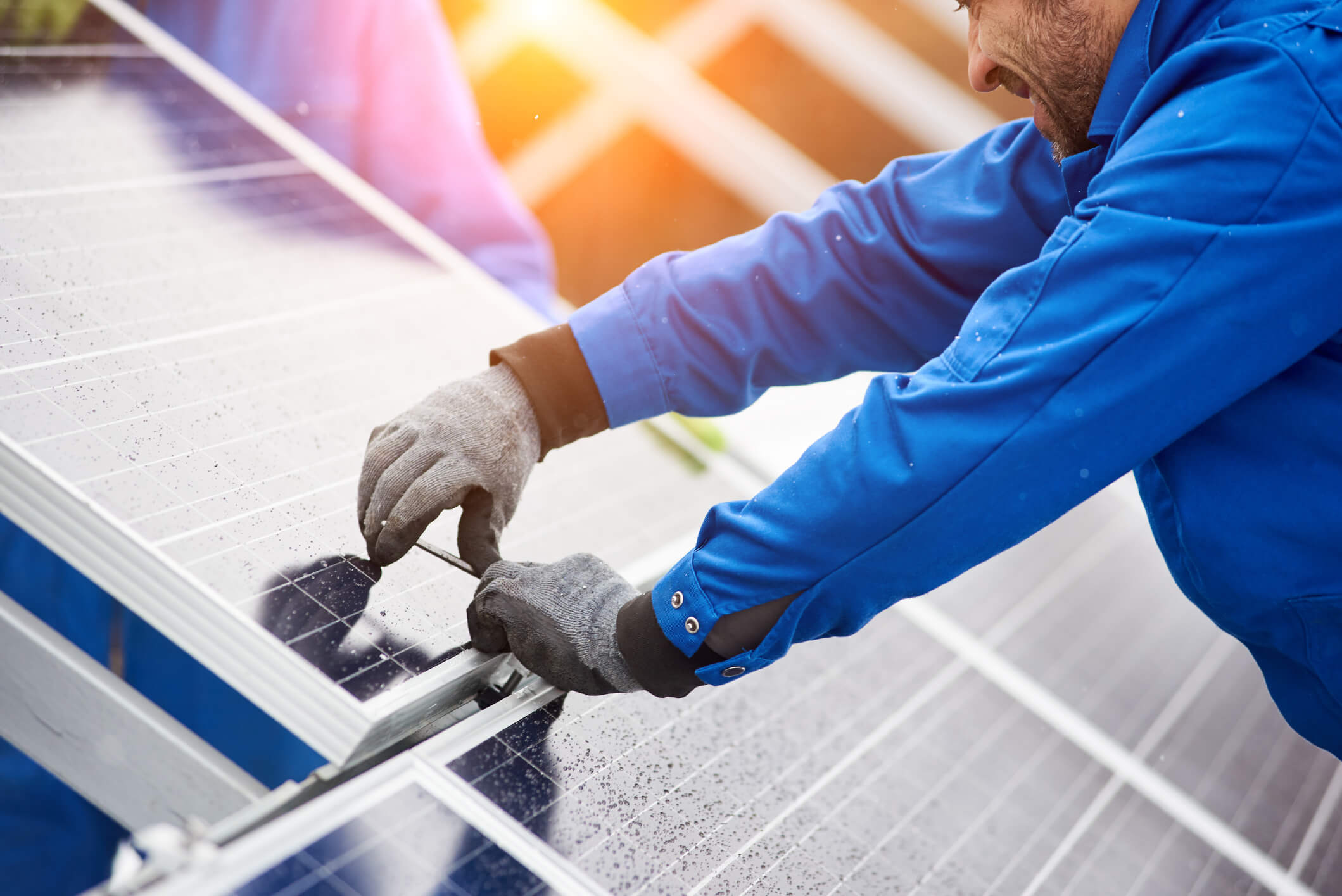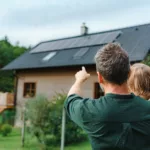If you’re planning to install a solar energy system on your property, you might be wondering how many solar panels power a house. Since every home is unique, the answer varies. Below are a few crucial things to consider.
Location Is a Big Factor
Where you install your solar panels has a significant impact on energy production. Photovoltaic cells convert solar energy into electricity, so the more sunlight they receive, the higher their power output will be. Between two systems with the same rated capacity and efficiency, the one that gets more solar radiation delivers better benefits.
Here are some tips to get the most out of your solar energy system.
Pinpoint the Sunniest Spot
California is one of the sunniest states in the US. However, it doesn’t mean you can put the solar panels anywhere.
Ideally, the solar panel system must face south, southeast, or southwest—these areas get the most direct sunlight over the year, resulting in maximum energy yields.
Identify Possible Obstructions to Sunlight
Besides geographic location, another consideration is the shade. To maximize electricity production, nothing should block the solar panels, so look out for nearby tall buildings, mountains, or trees that may obstruct sunlight.
Mind the Small Shadows
Shadows may sometimes fall on a few PV cells. Regardless of their size, they can reduce an area’s energy yields. Observe how the shadows or shaded areas change position according to the sun and adjust accordingly.
How Many Solar Panels to Power a House
The number of solar panels you’ll need for your home largely depends on the following factors.
Average Annual Energy Load
To understand how many solar panels to install, you’ll need to determine your home’s average annual energy consumption. Estimate the total kilowatt-hours (kWh) used per year based on previous utility bills, and look at your usage patterns. From there, you can calculate how much energy your system should produce at certain periods.
Solar Panel Wattage
Solar panels produce different amounts of watts, from 250 to 400, at varying levels of efficiency. The higher the wattage and more efficient, the more expensive it is.
A 365-watt panel receiving direct sunlight for eight hours a day will produce 3kWh daily. Multiply this by 365, and you will determine that one panel gives you 1,095kWh annually.
With an annual consumption of 11,000kWh, you’ll need a minimum of 10 solar panels to meet your energy requirements.
Grid-Tied or Off-Grid
The number of solar panels to power your home will hinge on the proposed connection—will your system be grid-tied or off-grid?
If you choose the latter, you need to oversize the system to guarantee adequate power supply, especially during cloudy days. With grid-tied, a smaller infrastructure may work.
How Many Solar Batteries Do You Need for a Home?
Batteries augment your solar energy system by storing excess power output. Below are considerations for knowing the right number of solar batteries to get.
Capacity & Power Rating
A solar battery’s rated capacity is the amount of electricity it can store, often measured in kWh. The higher it is, the more energy it can provide.
Conversely, the power rating is the amount of energy it can release at a given time. It is in kW, and the higher the figure, the more appliances it can power up simultaneously.
A high-capacity solar battery with a low power rating can only run a handful of appliances for extended periods. Know the power requirements of essential appliances to determine whether you need more than one energy storage.
Depth of Discharge
It’s also vital to look at the battery’s depth of discharge (DoD) or the rate of capacity already used. A 10kWh solar battery with 90 percent DoD can only give 9kWh of stored energy.
Grid-Tied or Off-Grid
Your solar energy system’s connection will also impact how many solar panels and batteries it takes to power your house. Off-grid setups usually require more batteries to handle supply when there’s no sunlight. With grid-tied, there’s no need to oversize as shortfalls may be sourced from the grid.
As we’ve seen, there are many variables to consider when it comes to the recommended number of solar panels and batteries for your home. A solar energy expert from Current Home can assist you throughout the process, from answering your queries to installing solar panels and backup batteries. Learn more from a member of our team.







